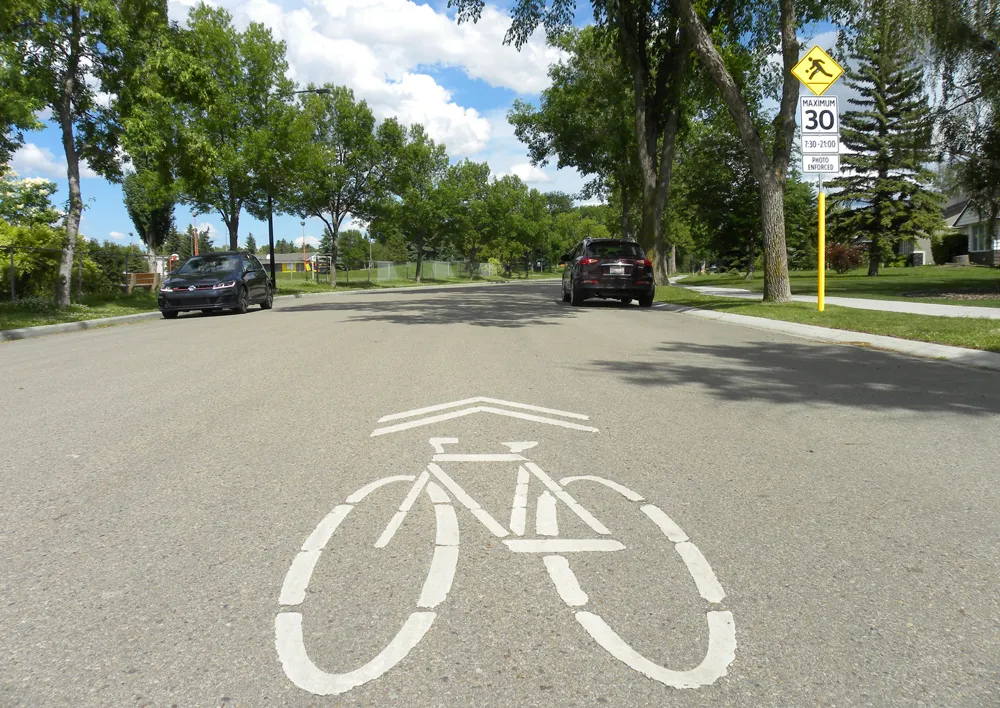Crash data analysis from Spain highlights key areas of concern with regard to the road safety of specific vehicle types. The report was compiled by Ponle Freno-AXA de Seguridad and covers the period from January-August 2014, analysing more than 176,000 collisions. Most dangerous of all, quad bikes were the cause of 83% of the crashes they were involved in. Meanwhile industrial vehicles and trucks were the cause of 80% of the crashes they were involved in. Vans were the cause of 65% of the crashes they were
October 7, 2014
Read time: 3 mins
Crash data analysis from Spain highlights key areas of concern with regard to the road safety of specific vehicle types. The report was compiled by Ponle Freno-AXA de Seguridad and covers the period from January-August 2014, analysing more than 176,000 collisions. Most dangerous of all, quad bikes were the cause of 83% of the crashes they were involved in. Meanwhile industrial vehicles and trucks were the cause of 80% of the crashes they were involved in. Vans were the cause of 65% of the crashes they were involved in while the figure stood at 63% with regard to buses. Private cars were the cause of just under 50% of the crashes they were involved in, although the figure rose to 60% for 4x4/SUV type vehicles. Meanwhile motorcycles were the cause of just 27% of the crashes they were involved in.
The data does highlight key risk categories. Work should be done to target quad bike users and boost their safety standards. Unfortunately the data does not identify any specific categories of industrial vehicles or trucks with regard to crashes, as information from other European countries has shown certain types, such as skip delivery trucks for example, have a significantly higher crash rate than average for heavy goods vehicles. It is notable too how SUVs/4x4s are the cause of higher percentage of crashes than other private cars, suggesting specific issues that need to be addressed with regard to the safety or ability of their drivers. Meanwhile the crash data for motorcycles, showing that 27% are the cause of the crashes they are involved in, reinforces data from elsewhere in Europe that motorcycle riders are more likely to be the victims of bad driving by others than the perpetrators. The data also makes clear that attempting to improve motorcycle safety by limiting power outputs or fitting speed restrictors will be of minimal value as other road users are the cause of 73% of powered two wheeler collisions.
To what degree the data from this crash analysis can be applicable to other countries remains open to debate. However it does reveal that to improve road safety overall in Spain further, work needs to be done to target specific categories of road user. Quad bikes, industrial vehicles/trucks, buses, vans and SUV/4x4 cars have all been identified as being the cause of high numbers of crashes, so this is where the safety focus should be made.
The data does highlight key risk categories. Work should be done to target quad bike users and boost their safety standards. Unfortunately the data does not identify any specific categories of industrial vehicles or trucks with regard to crashes, as information from other European countries has shown certain types, such as skip delivery trucks for example, have a significantly higher crash rate than average for heavy goods vehicles. It is notable too how SUVs/4x4s are the cause of higher percentage of crashes than other private cars, suggesting specific issues that need to be addressed with regard to the safety or ability of their drivers. Meanwhile the crash data for motorcycles, showing that 27% are the cause of the crashes they are involved in, reinforces data from elsewhere in Europe that motorcycle riders are more likely to be the victims of bad driving by others than the perpetrators. The data also makes clear that attempting to improve motorcycle safety by limiting power outputs or fitting speed restrictors will be of minimal value as other road users are the cause of 73% of powered two wheeler collisions.
To what degree the data from this crash analysis can be applicable to other countries remains open to debate. However it does reveal that to improve road safety overall in Spain further, work needs to be done to target specific categories of road user. Quad bikes, industrial vehicles/trucks, buses, vans and SUV/4x4 cars have all been identified as being the cause of high numbers of crashes, so this is where the safety focus should be made.







